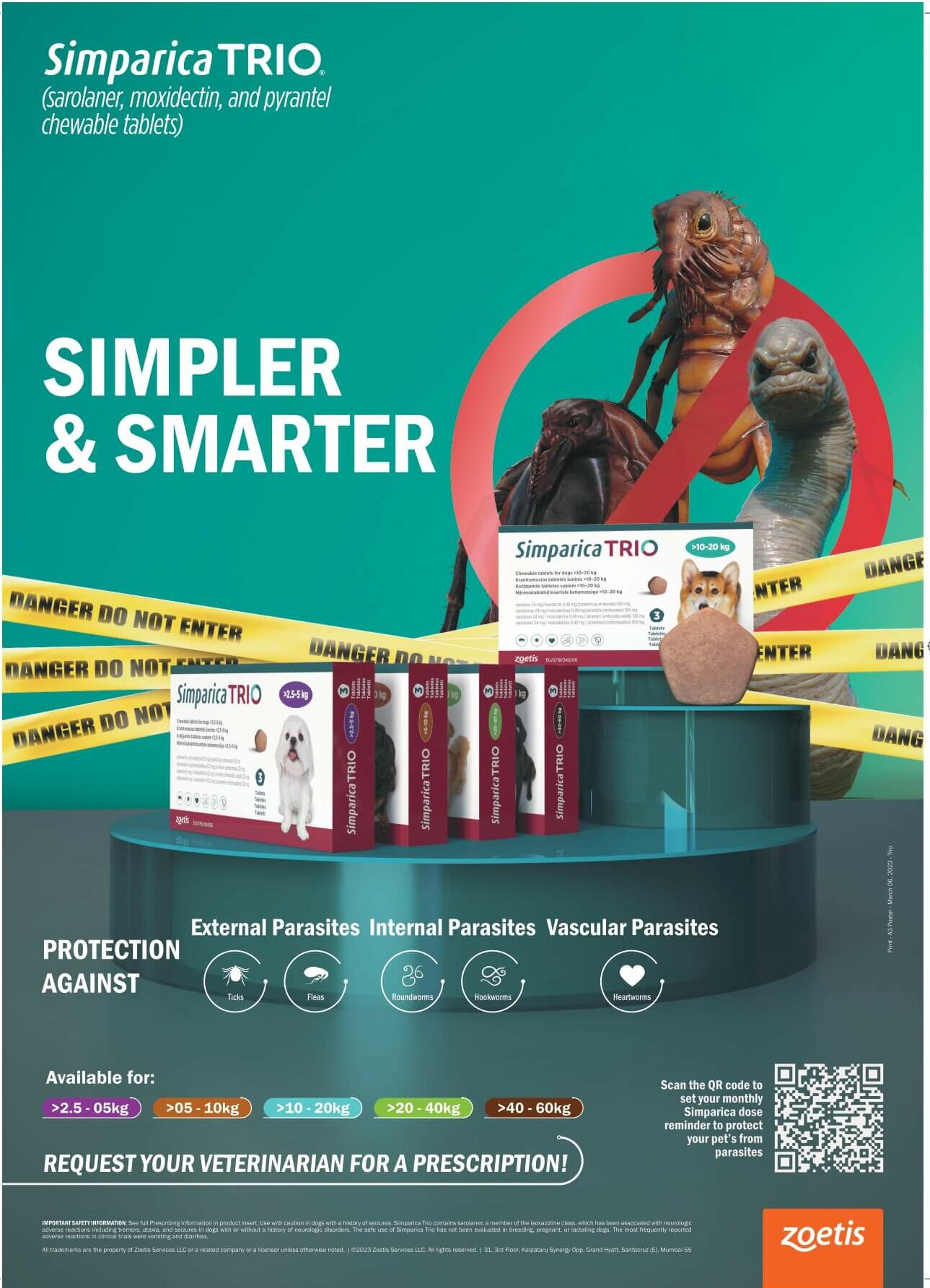
A Costa Rican paradise founded by a former teacher, Lya Battle, shelters close to 2,000 dogs who have found solace roaming free across the tropical mountain land
Lya Battle’s life calling was revealed to her in the beautiful eyes of a stray dog. She has now established “Territorio de Zaguates” or “Land of The Strays”, to house and care for close to 2,000 stray dogs in Costa Rica. She not only has a heart full of love for animals, but also a life of activism to speak for the stray dogs who are being left behind by the current system. “I was the weird little girl at school who always did things differently than others, and who grew up with a love for animals,” says Lya. Daughter of a British-Canadian biologist and a Costa Rican psychologist, her parents fuelled her soul and mind. The weirdness she speaks of is due to behaviours she had since childhood. Toads, snakes, spiders and insects were her favourite animals because she thought those were the ones that received less attention and love. As she grew up, she realised that people didn’t love all dogs equally and thought the way they lived on the street was unacceptable. Even though other people could ignore this, she wouldn’t. It was this way of thinking, her empathy for animals, and a bit of destiny that eventually got Lya into rescuing dogs. Opening a dog shelter with 2,000 dogs, and growing, was never in her plans. “There is a time when you say, well, I can’t ignore every homeless dog I see on the street. I have to find them a family. Injured dogs would continue to show up and I felt compelled to help them. They had to heal, be taken to a veterinarian, be spayed or neutered, and offered a new home. For most dogs, finding a family is fairly easy, but when one doesn’t get adopted, and you find a new one on the street, you have to take them home and the number increases,” Lya said. One of the stories Lya will never forget is one about Oso. It was this stray that made her and her husband Álvaro Saumet, co-founder of Territorio, reflect: “A dog that arrived, opened our eyes. His name was Oso (bear in Spanish). He was a big dog and very cute but he was very stubborn and misbehaved; of course, when people came to see all the dogs for adoption, the first one they noticed was handsome Oso. Everyone wanted him, and they’d take him home, but return him soon after. This happened to him seven times. He was also hit by a car four times because he was a crazy escape artist.” According to Lya, “Oso was the biggest headache in the world. His options were either getting out back on the streets, or into a shelter where he’d probably be put down eventually. It was then when we realised that there isn’t a place that will hold dogs indefinitely, one without an expiration date.” Lya asked herself: “Am I the one that has to keep all the dogs that I find? I’m not going to put them back on the street. By that time we already had more than a hundred dogs living with us, and Alvaro proposed two options: stop helping them or take them to the farm.”



Although Lya wasn’t sure how it would turn out at the time, they tried it. It’s this story that made Lya, a former teacher, give up her career to have as many fur-children as possible. In a matter of two years, they had around 300 dogs, most of them coming from another shelter that closed twice before. The task hasn’t been easy for Lya and Alvaro, but without knowing it, they had started a social cause that transcended borders.
“As she grew up, she realised that people didn’t love all dogs equally and thought the way they lived on the street was unacceptable. Even though other people could ignore this, she wouldn’t.”
The expenses of the first 400 dogs came out of their own pockets. They went as far as selling some of their personal assets, because they preferred providing their dogs with their many necessities. With the help of volunteers and many, many donations, Lya has been able to provide the dogs with the food and healthcare that no other place could provide. In a country where the number of stray dogs has become a big problem, Lya has changed what it means to be a shelter. “I will never euthanize a dog, unless he is suffering, and there is no way to relieve that suffering. If he is disabled, we’ll look for a chair; if he can only move his eyes and can eat, we’ll feed it. If that dog is going to live the rest of his life with us, he has to enjoy it, and if he only has two weeks to live, he will have a good time too, “said Lya. Territorio de Zaguates is a no-kill shelter founded in 2005 in the home of Lya and Alvaro outside San Jose. But their house was too small to accommodate all the dogs, and around 2008, the couple moved them to 378 acres of farmland that had been left to Battle when her grandfather died.










 " >
" >
 " >
" >